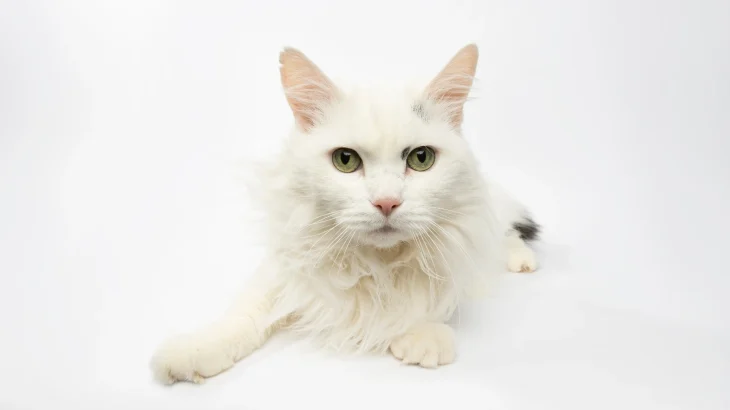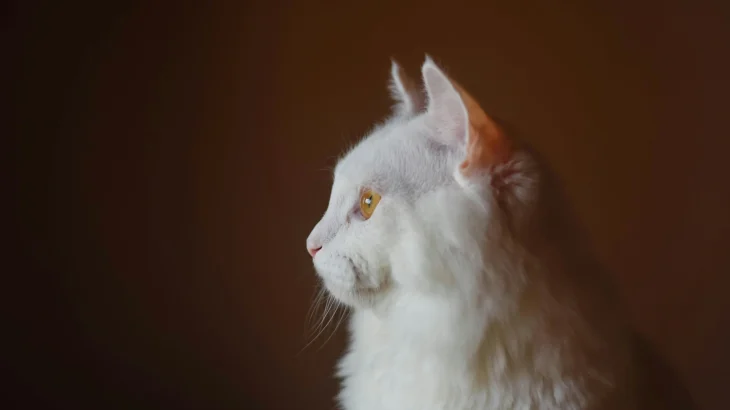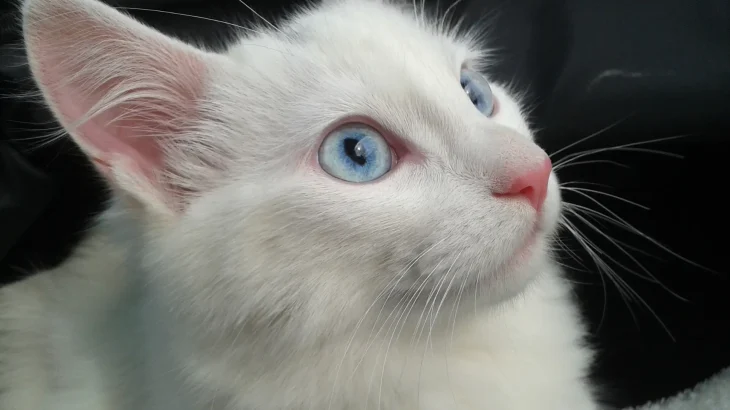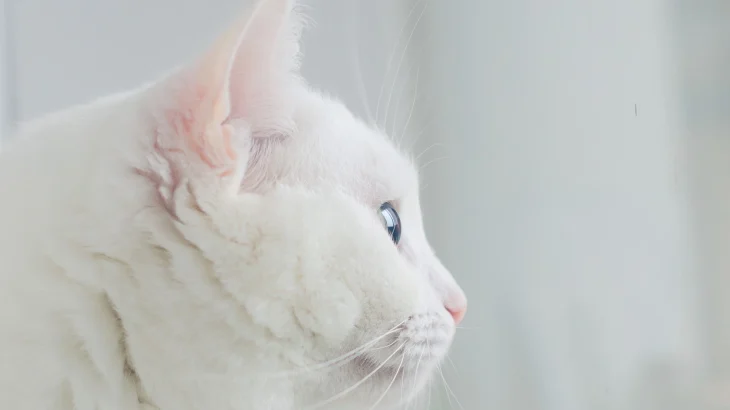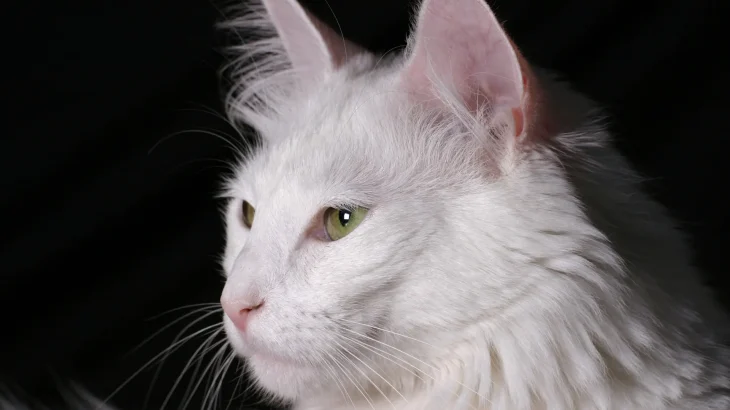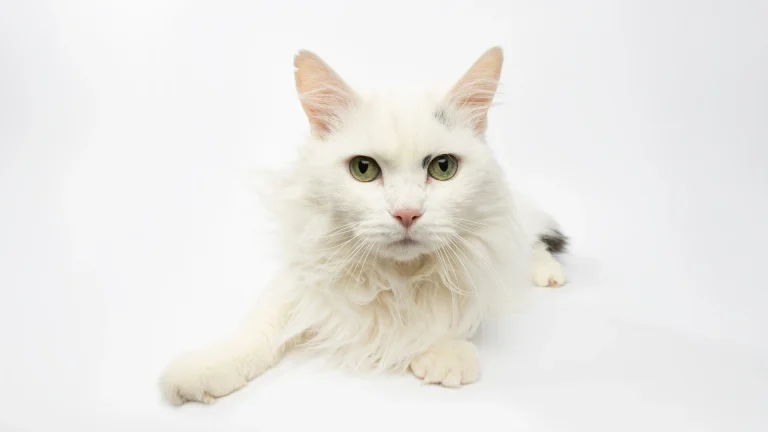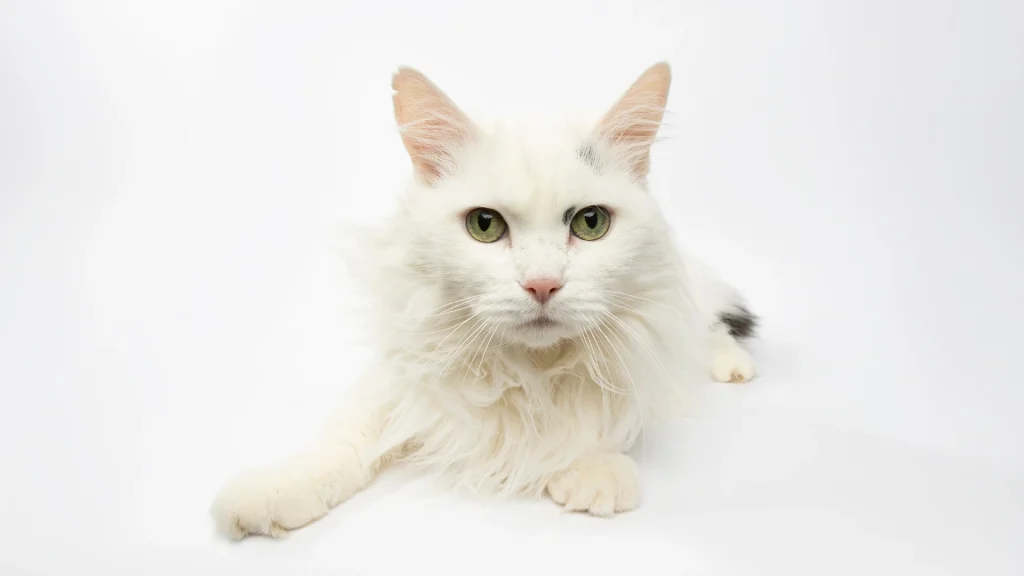When deciding on a Turkish Angora kitten, the choice between buying from a breeder or adopting depends largely on factors like health clarity and ethical considerations. Purchasing from a reputable breeder often ensures documented lineage and health history but comes with a higher cost. Adoption, while potentially less predictable regarding background, offers the rewarding chance to provide a loving home to a cat in need.
Adoption vs. Breeder: Pros & Cons
| Criteria | Buying from Breeder | Adopting from Shelter/Rescue |
|---|---|---|
| Cost | Higher initial cost, typically $1,000 to $2,000 for Turkish Angora kittens. | Lower adoption fees, usually less costly than buying, often including vaccinations and neutering. |
| Health History | Detailed health records and genetic screening often provided, aiding in awareness of hereditary conditions like deafness. | Health history may be unknown; shelters do basic health checks but genetic risks might remain unclear. |
| Age Availability | Primarily kittens, allowing owners to raise them from an early age. | Variety of ages available including kittens, adults, and seniors. |
| Temperament Insight | Breeders can provide insights on lineage and temperament specific to Turkish Angoras. | Shelter staff share behavioral observations, though full history is often incomplete. |
| Supporting Practices | Supports preservation of breed through ethical breeding if chosen carefully. | Supports animal welfare and reduces shelter overcrowding by giving cats a second chance. |
| Risk of Genetic Disorders | Breeders screen for genetic risks like hereditary deafness, especially in white-coated cats with blue eyes. | Unknown genetic history increases uncertainty about breed-specific health issues. |

